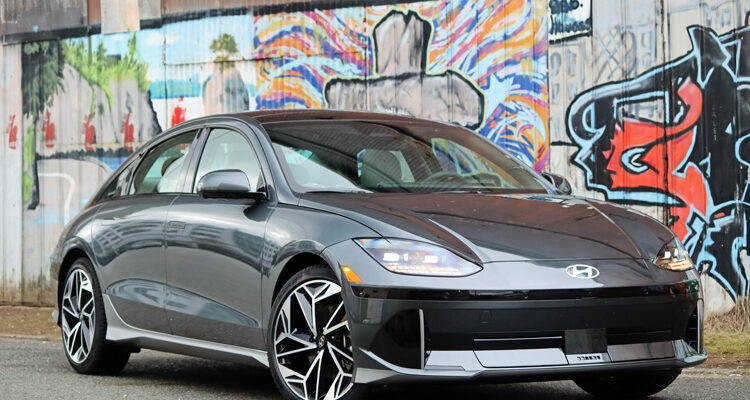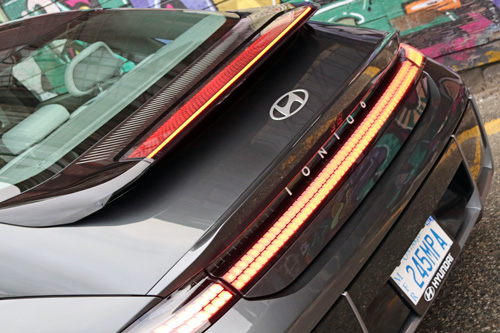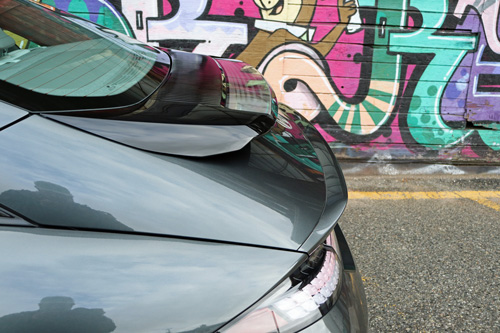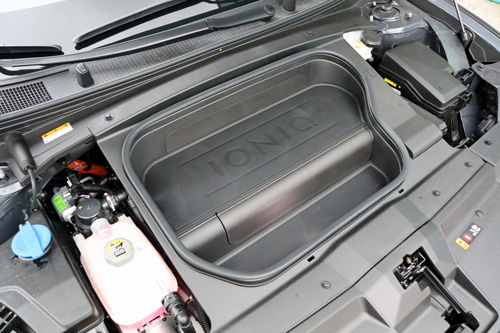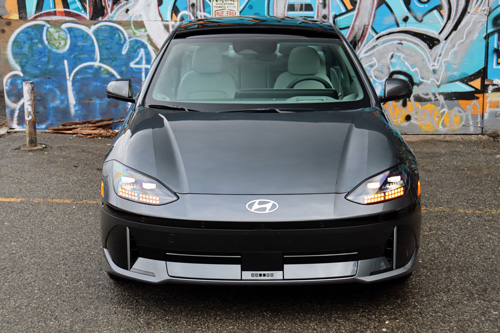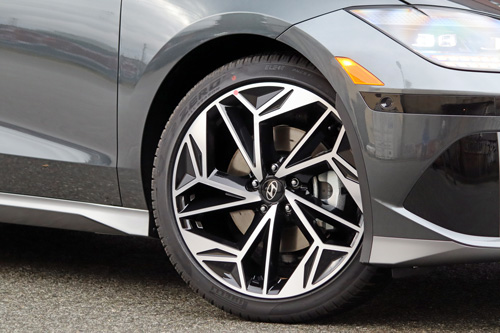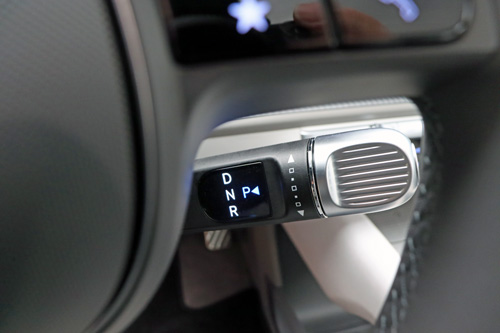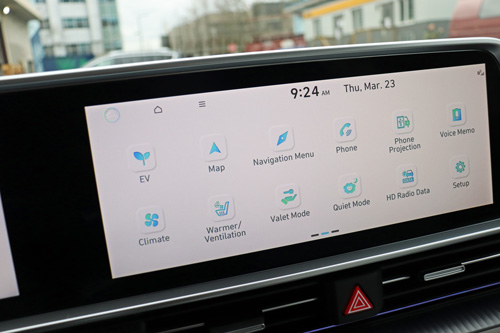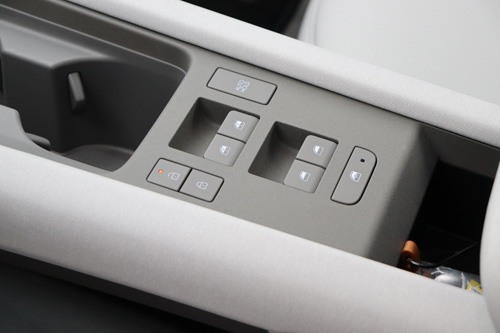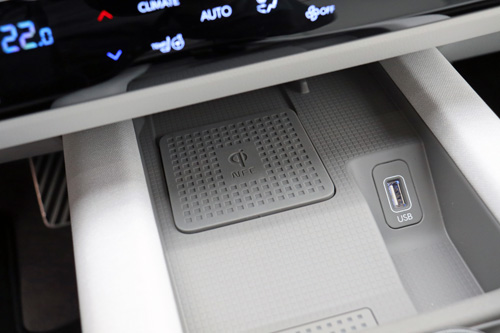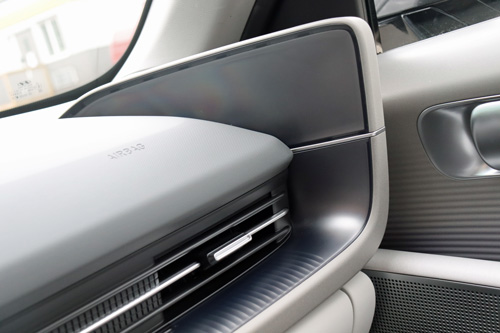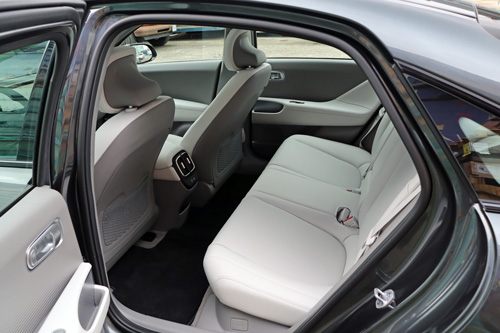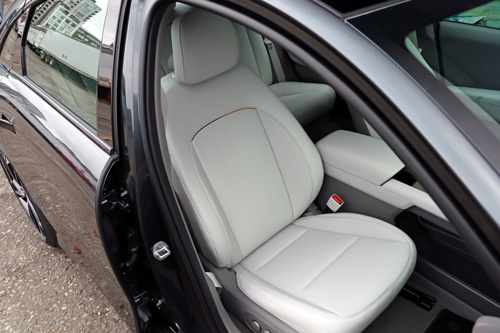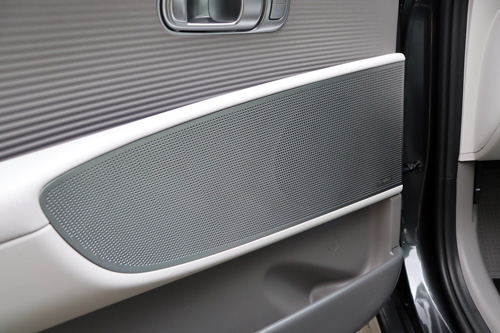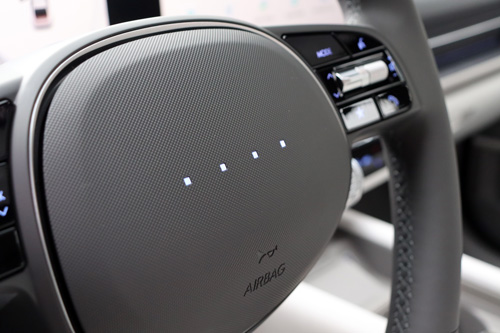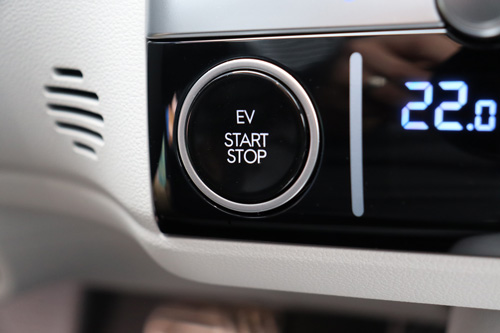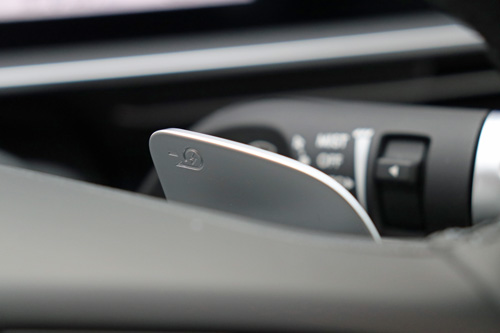Whether you’re into EVs, hybrids or just cars in general, you’re probably familiar with the Hyundai Ioniq brand by now. What started out as a couple of models – well one model, really, with a variety of powertrains – built to do battle on the same plain as the Toyota Prius, has morphed into a nameplate associated with winning design prizes, car of the year prizes and everything in-between, courtesy of the Ioniq 5 battery-electric crossover (BEV).
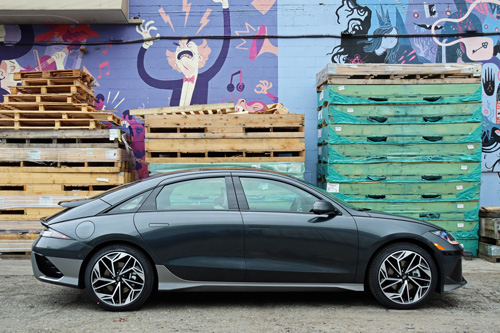
Not content to rest on its laurels and keen to strike while the iron’s hot, Hyundai is following that up with yet another Ioniq BEV in the Ioniq 6 sedan. Actually, the officially tagline is “Streamliner EV” because with a drag-coefficient of 0.22, the Ioniq 6 is one of the slipperiest vehicles available on the market today, behind only the likes of the Mercedes-EQ EQS sedan or BMW i7. We’ll get to how they achieve that in a minute, but know that it helps the Ioniq reach between 435 km and 581 km of range depending on spec. The Ioniq 6 comes available in three trims: Preferred RWD ($54,999), Preferred AWD ($57,999) and Ultimate AWD ($63,999).
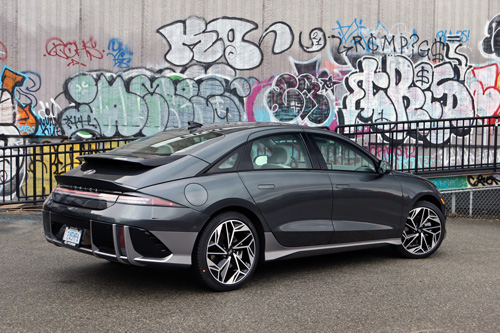
To get that low CD, Hyundai has shrunk the wheel gaps, rounded out every surface possible and fitted a wing that – depending on your vintage – reminds of everything from a Ford Escort or Sierra Cosworth (or, if you must, a Merkur XR4Ti) to a current Porsche 911 turbo. Hyundai, meanwhile, is saying that their inspiration goes farther back than that, to the 1930s and the automotive oddity that is the Scout Scarab. There’s no engine up front – just a storage “frunk” and some kit for your HVAC system, so there’s no need for a drag-inducing grille. The headlights may look a little Tesla-like when seen from head-on but otherwise, this is the most unique-looking sedan on the market. I’d seen the Ioniq 6 a number of times before on the auto show circuit, but manufacturers can do all sorts of tricks with lighting and so on there to make their cars shine even brighter. Nothing quite compares, though, to seeing one free from the studio lights because now, with just the natural light bathing it, you can see just how wild that rear deck is, how sleek the profile, and how perfect the detailing. I love it.
Add some wheel choices that are properly futuristic (and come in two-sizes – 18 and 21 inches; go for the former if you’re looking for range), and the Ioniq 6 is doing a bang-up job of looking almost as original as the Ioniq 5 does, without looking much like the boxy Ioniq 5 at all. Indeed, save for the use of “Parametric Pixel”—read “cuboid” – taillights, mirror and kickplate inserts there’s no Ioniq 5 here at all. Kudos to Hyundai for designing two entirely unique models under the same banner, and having the cajónes to carry it through to production.
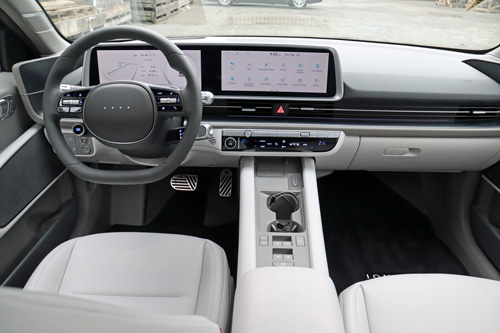
Glancing inside, however, it becomes tougher to separate the two. Just like in the Ioniq 5, the Ioniq 6’s dash is made up of matching 12-inch digital displays; one for your gauge cluster, and one for your infotainment display. The gauge cluster changes depending on which of the three drive modes – Eco, Normal or Sport – you’re in, but the graphics are a spitting image of those seen on the 5. Even the way white dominates the interior in general recalls the other car, and the somewhat strange stalk-mounted gear selector dial comes from the same parts bin. Same goes for the HVAC controls and audio controls, which I’m happy to report are a welcome mix of haptic touch-based and traditional “hard” buttons.
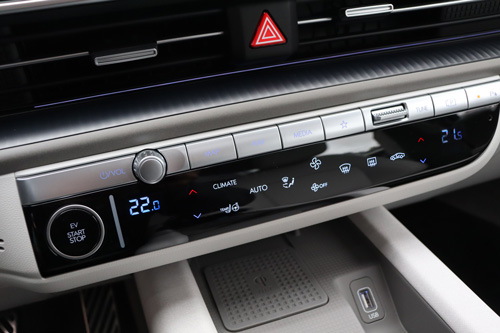
There is some uniqueness, of course; the 6 doesn’t get the 5’s sliding entre console, but that is where you’ll find the window controls, just as you would in a Jeep Wrangler or Ford Bronco. They’re placed there because they allow for a cleaner and thinner interior door panel that, in turn, allows for wider and more comfortable front seats. Other unique touches include a steering wheel with four dots on the hub – just like the Ioniq 5 – that light up – unlike the Ioniq 5 — depending on if you’re charging the car, or which drive mode you’re in.
The front seating position is low and very sports car-like, actually, which is a perfect fit for the car’s styling but said styling does affect headroom especially in the rear; such is life when you rake the rear window like that. The trunk, while not that tall, has a good-sized opening and is deep enough. The frunk, meanwhile, gets deeper if you select the RWD model as there’s no need to fit an EV motor under it.
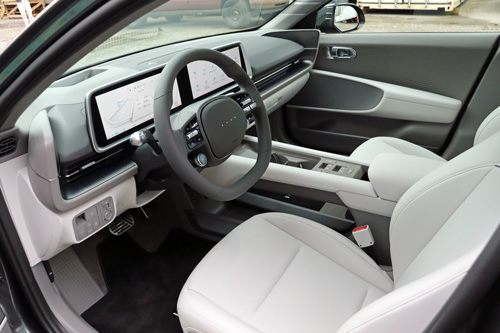
For our test, we were provided with the Ultimate version of the vehicle, meaning full-pull dual-motor (239 kW at the rear, 168 kW up front) AWD good for 320 horsepower and 446 pound-feet of torque (225 hp and 258 lb-ft in RWD form), sent directly to all four wheels.
There is simply no transmission delay to worry about; just dip that “go” pedal and “go” you will, silently zipping to the 100 km/h mark from stop in just over five seconds; in other words, what was good for a proper sports car or sports sedan not that long ago.
We focus on “silently” here because in addition to all that range, reducing drag also means reducing wind noise and even with the larger 21” wheels we were on, road noise – even on the highway — rests at a pleasing minimum. Through the bends, meanwhile, the Ioniq 6 stays nice and planted thanks to its having the 384-cell, 77.4 kWh battery jammed nice and low in the floor so along with the CD, the COG – centre of gravity – is low as well. Now, at almost 2,100 kilos the Ioniq 6 is no lightweight so you will feel that weight transferring as you move through repetitive turns; funs as it is, the 6 is not really a performance EV – wait for whatever the production version of the N RN22e concept is called for that. As a result, the suspension has been tuned more for “comfort” than “performance”, so the body will roll. Not terribly, but it’s there.
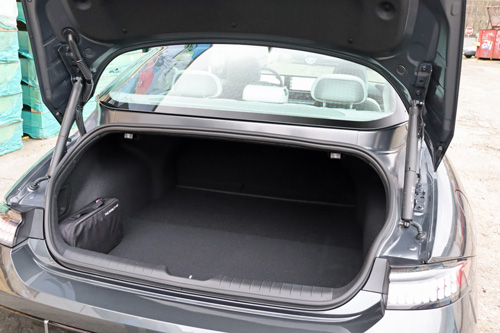
When it comes time to start operating where EVs like this excel – in the city – there are a number of aids to help you get the most of the range on-hand. The most impactful of these is the I-Pedal, which is essentially one-pedal driving. There are an additional three levels of regen you can select from via wheel-mounted paddles, but in I-pedal, you can move through town never having to brush the brake; just let the motors run backward and slow and charge you at the same time. Then, when it comes time to charge the plugged-in way, look for a 0-80% charge time of just 18 minutes if you’re able to find an 350 kW charger. A level 2 home charger will get the same job done in 7.5 hours.
At the end of the day, there is just so very much to like when it comes to the Ioniq 6. It’s bold, it’s a little brash, it has the range and it has the tech. Most of all, it is poised to continue the trend of Ioniq models becoming ever more iconic in the EV world.
2023 Hyundai Ioniq 6 Performance
Price as tested: $63,999.00
Configuration: dual engine, AWD
Engine: front 168 kW EV motor, rear 239 kW EV motor
Transmission: 1-speed automatic
Power: 320 horsepower/446 lb-ft of torque
Charge rate: up to 350 kW
Battery size: 77.4 kWh
Combined fuel economy ratings: 2.3 Le/100 km
Warranty: 5 years/100,000 km (basic), 8 years/160,000 km (battery)
Website: Hyundai Canada



